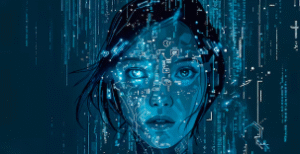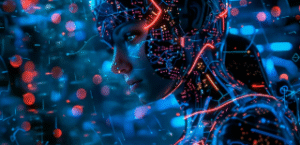$BTC $ETH #ArtificialIntelligence #AncientMusic #TechnologyNews #HistoricalResearch #BabylonianCulture #MusicTech #AIRevolution #DigitalHumanities #CulturalPreservation
How Did AI Revive a 3,000-Year-Old Babylonian Hymn? Discover the Fascinating Blend of Technology and Ancient Music!
In the latest researchers news, a team of experts has ingeniously employed artificial intelligence to breathe new life into a 3,000-year-old hymn from ancient Babylon. This striking synthesis of cutting-edge technology and historical musicology not only sheds light on the cultural riches of the past but also showcases the limitless possibilities AI holds for historical preservation.
Unlocking Historical Melodies Through Modern Technology
The task of reconstructing the Babylonian hymn was formidable. The original clay tablets, inscribed in cuneiform, were fragmented and incomplete. However, AI algorithms were developed to interpret these tablets, filling in gaps that human experts could not decipher alone. This process involved machine learning models that analyzed patterns in the text and proposed the most likely completions to the missing portions.
The Role of AI in Cultural Preservation
The use of AI in this project exemplifies its potential to protect and revive cultural heritage. By interpreting the hymn’s notations and suggesting musical arrangements, AI has provided historians and musicians with an invaluable glimpse into the musical traditions of ancient Babylon. Furthermore, this initiative highlights how technology can bridge the gap between the ancient and the modern, making history accessible and engaging for contemporary audiences.
From Tablets to Tunes: The Journey of the Babylonian Hymn
Once the text was reconstructed, the next challenge was to convert these ancient notations into audible music. Musicologists and AI technicians collaborated to create a digital rendition of the hymn. This involved translating the cuneiform script into musical scores that could be played by modern instruments. The result was a hauntingly beautiful melody, echoing through the millennia to stir modern ears with the sounds of ancient Babylon.
Implications for Future Historical Research
This successful application of AI in musicology opens new avenues for similar projects in other areas of historical research. The methodology developed could help decipher texts that have been unreadable for centuries, offering new insights into forgotten civilizations. Moreover, this approach could be replicated in other disciplines, such as archaeology and linguistics, further expanding our understanding of history through the lens of modern technology.
Explore More About AI and Cultural Studies
For those interested in the convergence of technology and the humanities, more information is available on how AI is revolutionizing fields far beyond its original applications. You can delve deeper into this topic by visiting our dedicated section on AI and cultural studies.
Final Thoughts: The Future of AI in Historical Preservation
The resurrection of the Babylonian hymn is a testament to the transformative power of AI in the realm of historical preservation. As technology continues to evolve, it holds the promise of uncovering more about our world’s rich historical tapestry. For further exploration into the fascinating world of cryptocurrency and technology, check out Binance for the latest updates and insights.
This blend of ancient wisdom with modern technology not only enriches our understanding of the past but also paves the way for a future where history and technology walk hand in hand, revealing the untold stories of yesteryears in ways previously unimaginable.










Comments are closed.